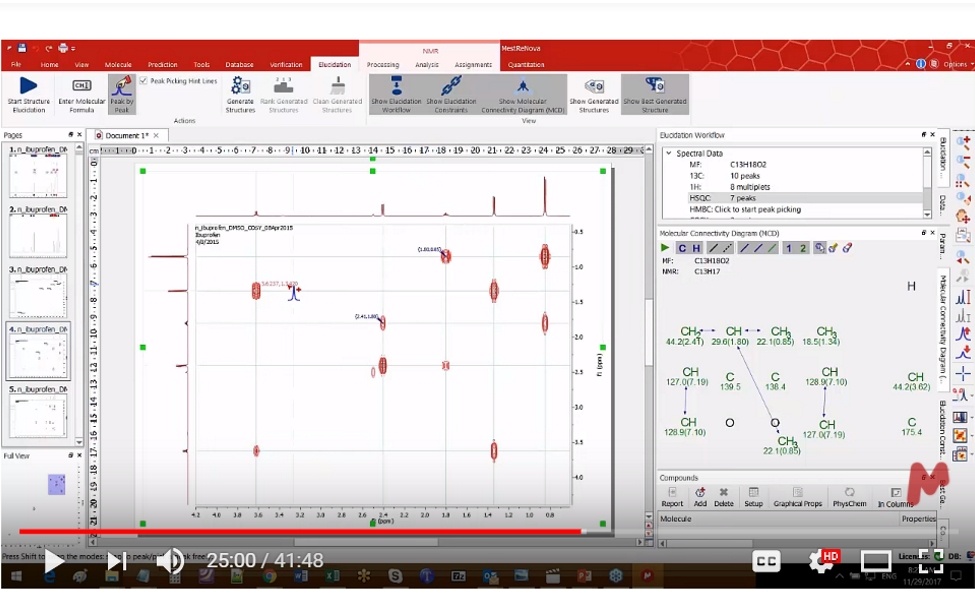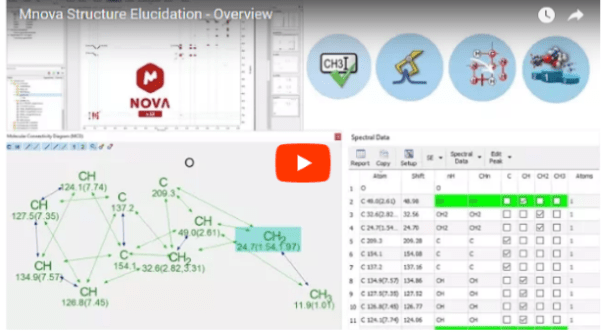A CASE (Computer-Assisted Structure Elucidation) for Bench-Top NMR Systems in the Undergraduate Laboratory for De Novo Structure Determination: How Well Can We Do?
| Title: | A CASE (Computer-Assisted Structure Elucidation) for Bench-Top NMR Systems in the Undergraduate Laboratory for De Novo Structure Determination: How Well Can We Do? |
| Authors: | Ronald Soong*, Katelyn Downey, Arvin Moser, Pablo Monje, Amy Jenne, Rajshree Ghosh Biswas, Monica Bastawrous, Rudraksha Majumdar, Daniel Henryk Lysak, Antonio Adamo, Benjamin Goerling, Venita Decker, Falko Busse, Santiago Dominguez, Effiette Sauer, Svetlana Mikhaylichenko, Vivienne Luk, and André J. Simpson |
| Date: | Published on October 4, 2022 |
| Reference: | J. Chem. Educ. 2022, 99, 11, 3780–3788 |
| DOI: | 10.1021/acs.jchemed.2c00475 |
| Download link: | https://pubs.acs.org/doi/10.1021/acs.jchemed.2c00475 |
ABSTRACT
The recent popularity of benchtop (BT) NMR systems has prompted its applications in undergraduate laboratories around the world. Owing to their low maintenance cost, due to the lack of a superconducting magnetic core, and simple operation, these BT NMR systems can fulfill many of the learning objectives outlined in the undergraduate organic chemistry curricula. With a variety of BT NMR systems currently available (e.g., 43, 60, 80, and 100 MHz), it can be overwhelming for instructors to determine which system is appropriate for their needs. When used as a structure elucidation tool, the focus is often placed solely on solving chemical structures, prompting the eventual question of the magnetic field strength requirements for de novo structure elucidation. To answer this question, two artificial intelligence (AI) software packages, namely Structural Elucidator (v.2020.1.2) from ACD/Laboratories and Mnova Structure Elucidation (v 14.2.3) from Mestrelab Research, were used. These software provide an unbiased, yet separate, metric to gauge the effect of magnetic field strength on the accuracy of the determined structures. For comparison purposes, results from these two BT magnetic field strengths will be compared to those obtained from a high field NMR (500 MHz) spectrometer, providing a complete overview of the advances, as well as limitations in current BT systems for undergraduate education. In addition, the spectral data presented in this work can be used as a practical example in class to illustrate the effect of spectral resolution on the accuracy of determined structures, which is fundamental to understanding structure elucidation within organic chemistry.



